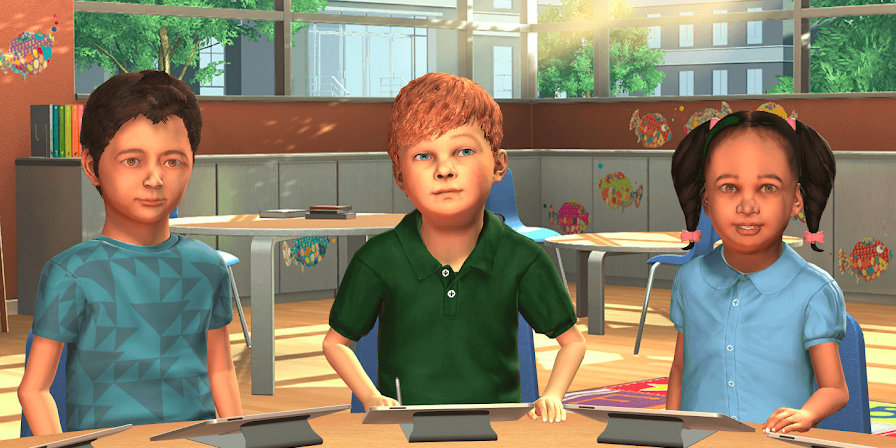The COVID-19 pandemic has changed our lives in many ways. For the younger generation, one of the most significant changes was the forced digitalization of education and basically spending 1.5 years of their school careers online. Although the exact effects of social distancing differ greatly in the case of an elementary school student now learning how to read, and a university student who was hoping to develop a great network and live an active campus life, they both had to radically change the way they learn. Just as teachers – a profession traditionally slow to adopt technological advancements – had to radically rethink their ways of teaching as well. But what are the trends currently developing in the field of education and what can we expect from the future?
With the emergence of new technologies, like AI, NLP (Natural Language Processing), and VR, entrepreneurial spirits with pedagogical talent have started to create companies with the aim to provide new, innovative ways of teaching, thus the field of Educational Technology (EdTech) was born. However, it was developing slowly, until it was forced to change pace in 2020 due to the pandemic. According to Holon IQ, ever since the pandemic started, venture capital investments in EdTech have skyrocketed. In 2019, they projected total investments between 2020-2029 in the field to be $87 billion, however, we have already seen $26 billion of it go down just 18 months into the decade.

Of course, in the beginning, rapid solutions for online learning had to be put in place: in the US, 2.4 million learners were given emergency Internet access, while the British government handed out 1 million computers to students (The Economist). Then, new applications started to appear with the purpose of helping teachers become more effective in online teaching.
One of the examples is Century, an application using AI/ML technology to create a personalized learning experience for all students based on their abilities and their pace of learning. It has long been argued that instead of the “factory” approach offering the exact same experience to all children, educational institutions should follow the “medical” approach, admitting that different children require different intensities of teaching for different periods of time. Century aims to solve this problem by first providing learning content specifically made for each student and second, by removing the weight of administration from teachers’ shoulders by automatically generating reports based on students’ performance.
Another example is a simulation software developed by Mursion, that aims to improve teachers’ interpersonal skills. As children are not able to provide thorough feedback to beginner teachers, it is hard for them to practice at the beginning of their careers without the risk of doing harm by not being able to explain a concept well the first time. This simulation software now makes it possible for teachers to practice their skills on avatars who act like children – they ask questions and comment on what they hear – and then provides feedback based on which junior teachers can modify their teaching styles.
There are many other examples trying to make use of modern technology to improve the quality of education. I believe that most people would agree that education is a field where technology will never be able to fully replace humans, however, it is becoming obvious that if used well, it can enhance the overall experience greatly. Blended learning, personalized learning, and applications using machine learning will surely be among the most popular topics related to education in the coming years.

